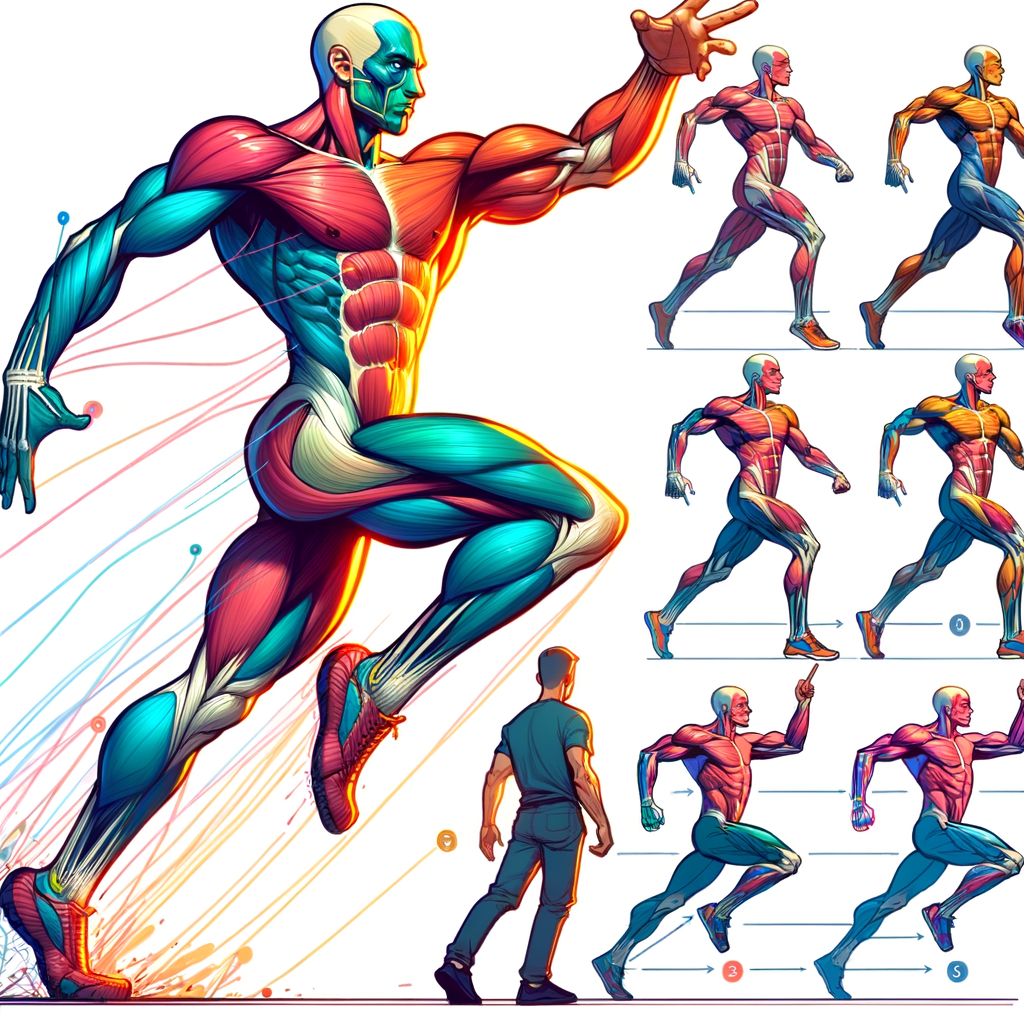
Creating dynamic characters is a fundamental skill for any digital artist. Whether you are illustrating for games, comics, or animation, understanding how to depict motion and anatomy can elevate your work to new heights. This article will provide essential tips and insights into the anatomy and movement of characters, helping you to create stunning, lifelike figures in your art.
Character design is not just about making something look aesthetically pleasing; it’s about making it believable. To achieve this, we must grasp the underlying principles of anatomy and movement. In this extensive guide, we will delve deep into these concepts, offering practical advice, exercises, and examples to aid your artistic journey.
Understanding Anatomy
At the core of character design is a solid understanding of anatomy. Many artists tend to skip this crucial step, opting instead to focus solely on style. However, having a strong grasp of human (or creature) anatomy will make your designs more convincing and dynamic.
Begin by studying the human skeleton and muscular system. This knowledge will inform your figure drawings and help you understand how the body moves. Resources such as anatomy books and online courses can provide structured learning opportunities. Additionally, utilizing 3D anatomy software or reference apps can help you visualize muscle structures in various poses.
The Role of Proportions
Proportions are an essential aspect of anatomy. For instance, the human figure is generally 7 to 8 heads tall. However, different styles may alter this standard. Understanding these variances can help artists choose appropriate proportions that fit their intended style or character design.
When designing a character, consider their age, ethnicity, and personality, as these factors will influence their proportions. For example, younger characters often have larger heads and smaller bodies in comparison to adults. Keep these considerations in mind and apply them to your work.
Movement and Gesture
Once you have a solid foundation in anatomy, the next step is to express movement and gesture. Gesture drawing, which involves creating quick sketches of figures in motion, can profoundly enhance your understanding of body language and motion.
Start by setting a timer for 30 seconds to a minute and sketch quick gestures of figures in various action poses. This exercise helps you develop fluidity in your drawing and allows you to capture the essence of movement. Pay attention to the line of action, which is an imaginary line that connects the head to the feet and indicates the flow of movement.
Dynamic Poses
When creating characters, opt for dynamic poses that emphasize action. Consider how the weight and balance of body parts affect the pose’s believability. For example, a character in a fighting stance will have a different distribution of weight compared to a character mid-jump.
Use reference materials such as photographs or videos of athletes and dancers to understand how limbs move in space. Analyze the angles and positions of their bodies to replicate this dynamism in your character designs. Consider experimenting with foreshortening to create a sense of depth and perspective in your work.
Facial Expressions and Emotions
Characters are not just defined by their bodies; their faces convey powerful emotions and narratives. To portray a range of feelings, familiarize yourself with the muscle movements that correspond to different expressions.
Practice drawing facial expressions from various angles, focusing on how the eyes, mouth, and eyebrows change with different emotions. Consider creating a character sheet that shows your character with a variety of expressions to enrich their personality and make them relatable to your audience.
Finalizing Your Character Design
Once you feel confident in portraying movement and anatomy, it’s time to finalize your character design. Choose colors, clothing, and details that enhance your character’s personality while maintaining the anatomical integrity you've established. Consider how their outfit might interact with their movements; for instance, loose clothing will behave differently than fitted garments when the character is in action.
Ultimately, the key to creating dynamic characters lies in practice. Don't be afraid to iterate and refine your designs continuously. Seek feedback from your peers and utilize online communities to share your progress and gain constructive insights.
Conclusion
Mastering the art of character design is a journey that requires patience and dedication. By understanding anatomy, conveying motion through gesture, and expressing emotions through facial expressions, you can create truly dynamic characters that resonate with your audience. Keep practicing, stay curious, and don't hesitate to experiment with new techniques and styles.
To further your growth as a digital artist, consider exploring online resources, tutorials, and courses dedicated to character design. The more you learn and practice, the more your skills will develop, paving the way for a successful artistic career.

